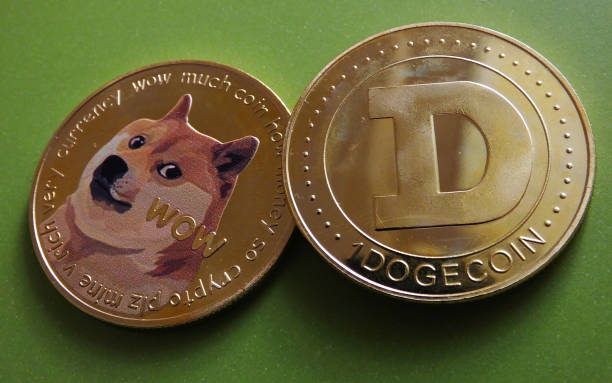Ten addresses are currently in possession of almost half of all tokens distributed in the year-long EOS initial coin offering (ICO). The fundraising event sold a total of one billion EOS tokens while raising a staggering sum of $4 billion.
A Concentration of Power
Nearly 50 percent (49.67 percent) of all EOS tokens are currently distributed among just 10 wallets, according to a report from Trustnodes.
Block.one, the company behind the EOS project, holds 100 million of the entire amount. At the time of this writing, EOS is trading at $14.42, giving Block.one another $1.44 billion on top of the $4 billion they managed to raise during the ICO.
While it’s hard to identify the owners of the remaining top nine addresses, their volumes are entirely public. One of the addresses holds 75 million tokens, which roughly translates to around $1 billion. The amount of tokens held by the other top 10 addresses varies, with one of them holding 20.6 million. Another holds 13.5 million.
It also bears mentioning that less than ten entities or individuals could conceivably be in charge of these accounts. As outlined by Trustnodes, it’s highly likely that most of the addresses belong to popular cryptocurrency exchanges such as Bitfinex, Binance, Upbit, Huobi, Bithumb, and OKEx.

The top 100 addresses account for a total of 748,176,831 tokens, which represents 74.82 percent of the total supply. This means that the next 90 addresses outside of the top 10 hold roughly 250 million tokens — or 25 percent of the total lot.
The top 1,000 addresses hold 858,120,383 (or 85.81 percent) of all tokens, leaving the 900 addresses between 100 and 1,000 with no more than 11 percent of the entire amount.
The total amount of token holders is 162,930, meaning that those between #1001 and #162,930 account for a little less than 14 percent. Of course, it’s worth pointing out that individuals or entities can hold more than just one address, so that particular number doesn’t necessarily reflect the number of holders. Conversely, individuals may not be involved in the blockchain and participate in EOS token trading only through exchanges, so the number of address holders can be widely underestimated.
Nevertheless, one thing is certain — almost 50 percent of the total amount of EOS tokens is concentrated within 10 (or potentially less) individuals or entities.
Why is This Important?
Instead of being run by a limited number of mining pools, EOS is intended to have a group of 21 Block Producers (BP) voted in by the community. Under the Delegated Proof-of-Stake algorithm the network is running, block producers will be creating the blocks of the blockchain and receiving substantial rewards in EOS tokens which are produced by token inflation.

BPs are supposed to be chosen in democratic elections where each EOS token can be used to vote for up to 30 different BP candidates. Technically, anyone who has obtained EOS tokens can register to become a block producer and be voted in by the community.
The aforementioned breakdown of the token distribution brings up an alarming concern – 10 addresses, supposedly held by 10 individuals or entities (or even less), hold almost 50 percent of the voting power. According to the official post describing the mechanics of the BP elections, the quorum needed for the elections to be valid is 15 percent.
In other words, those 10 addresses have the full potential to seriously impact and even determine the outcome of any potential elections at any given moment — as they’d always constitute a valid quorum.
Thus, the state of the entire EOS blockchain is likely to be determined by a mere 1,000 address holders, as they account for 85 percent of the total amount of EOS tokens. Given that there are more than 160,000 contributors to the project, arguments can be made regarding the level of democracy supposedly governing the project.
What do you think about EOS concentration of power? Don’t hesitate to let us know in the comments below!
Images courtesy of Pixabay, Shutterstock











